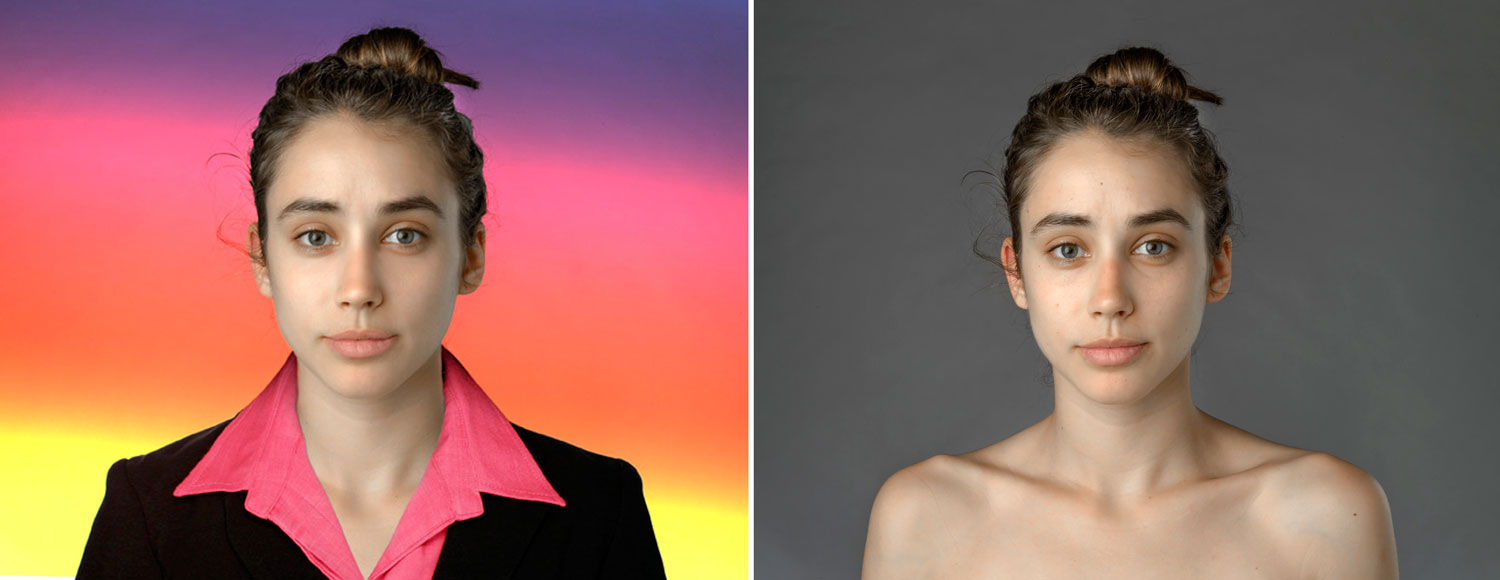
We’ve become accustomed to seeing photoshopped images in media. But journalist Esther Honig decided to do something a little different. She wanted to conduct a little experiment in beauty ideals so she sent the same picture of herself to Photoshop artists in 25 different countries with a simple request: make me beautiful. What she got back was 25 different versions of herself: The artists changed everything from her eye color to her makeup to her skin tone.
The recently released “My project, Before & After,” examines how these standards vary across cultures on a global level,” Honig wrote on her website.
It should be noted, however, that the results of her experiment don’t necessarily embody the typical attractiveness standards for an entire culture or country. The images reflect the tastes and skill level of each of the photoshop artists Honig commissioned. The U.S. example, for instance, does not look anything like what you’ll see in most fashion magazines or ads, but it is distinct from the images from other countries.
“[All of the photos] are intriguing and insightful in their own right; each one is a reflection of both the personal and cultural concepts of beauty that pertain to their creator,” she writes. “Photoshop allows us to achieve our unobtainable standards of beauty, but when we compare those standards on a global scale, achieving the ideal remains all the more illusive.”
What is clear from the wide range of results is that there is no singular definition of what is beautiful. The standard varies according not only to country but to culture and individual preferences. TIME has gathered just some of the examples.
Read next: Here’s What 20 Famous Women Think About Feminism
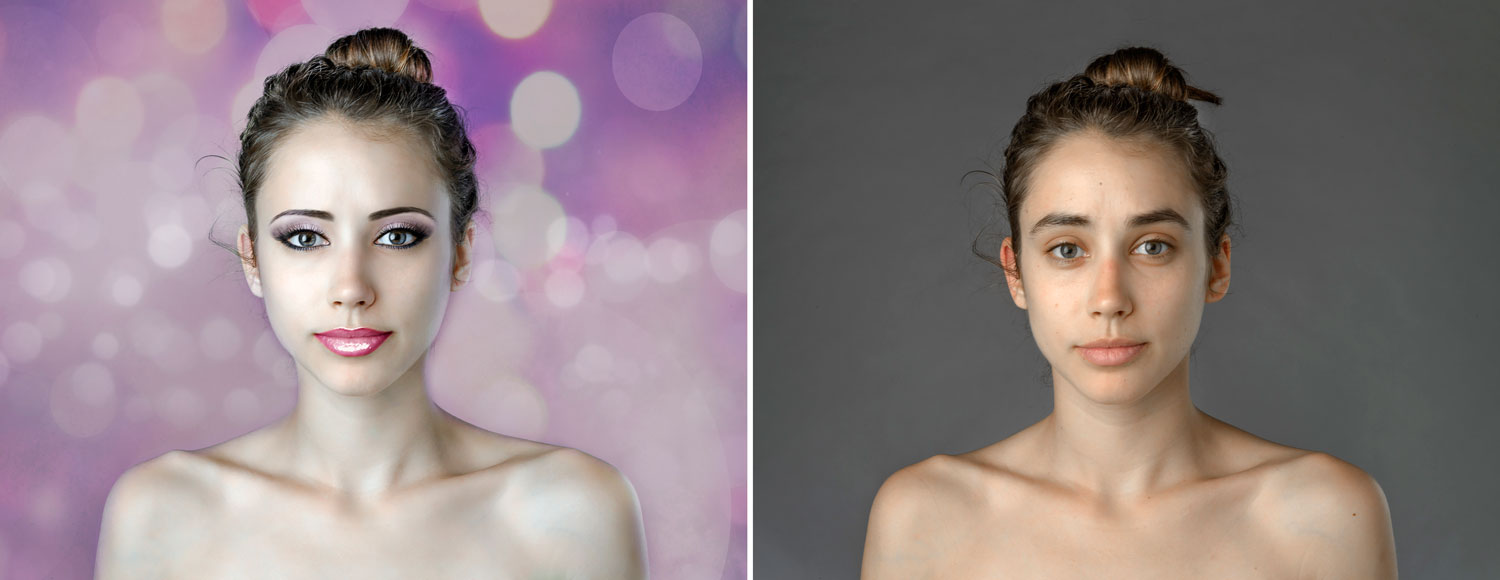
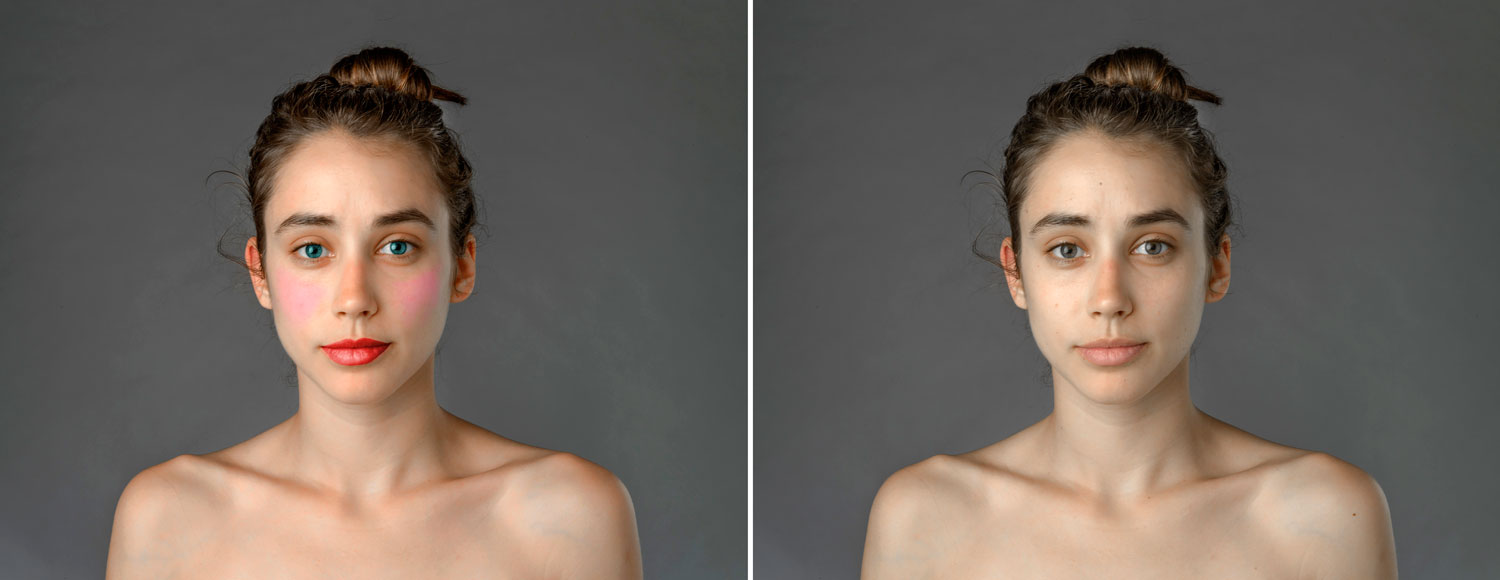
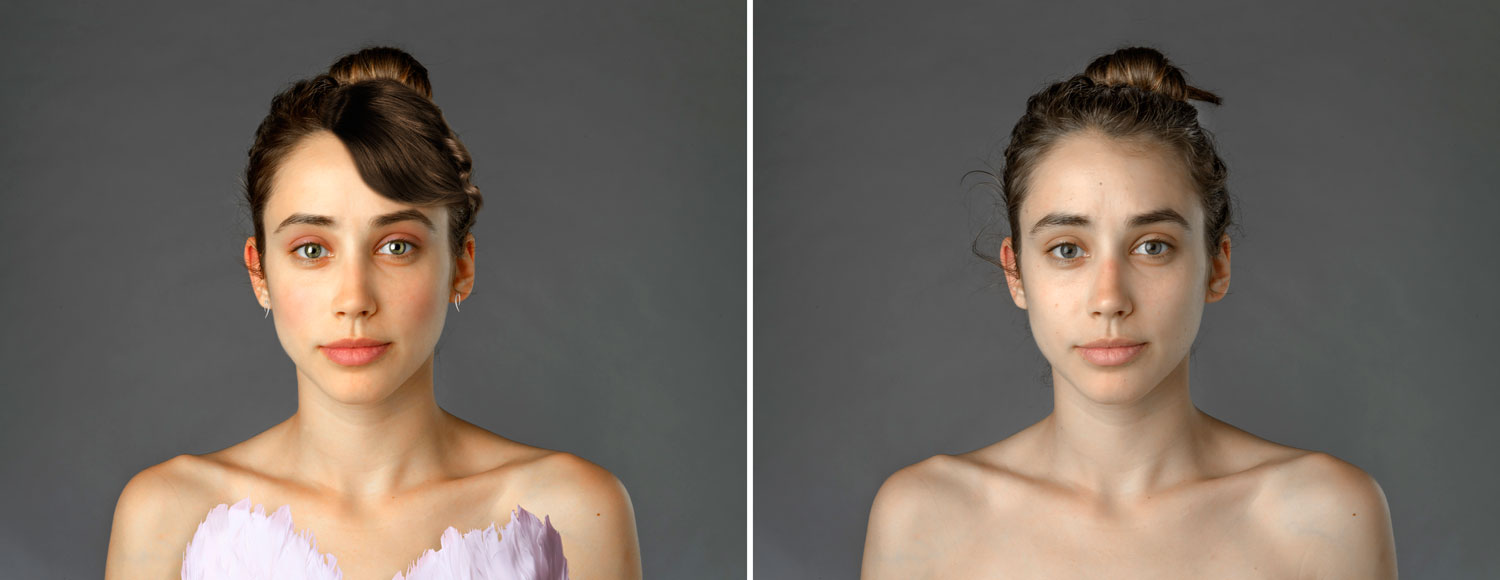
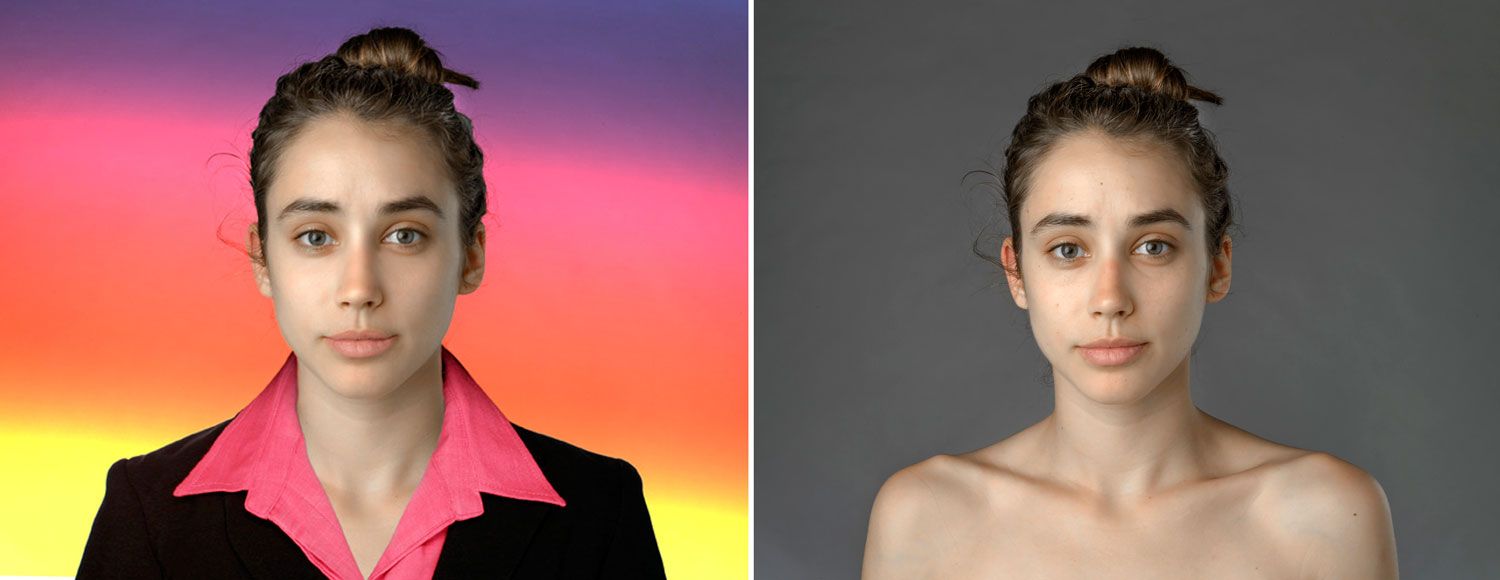

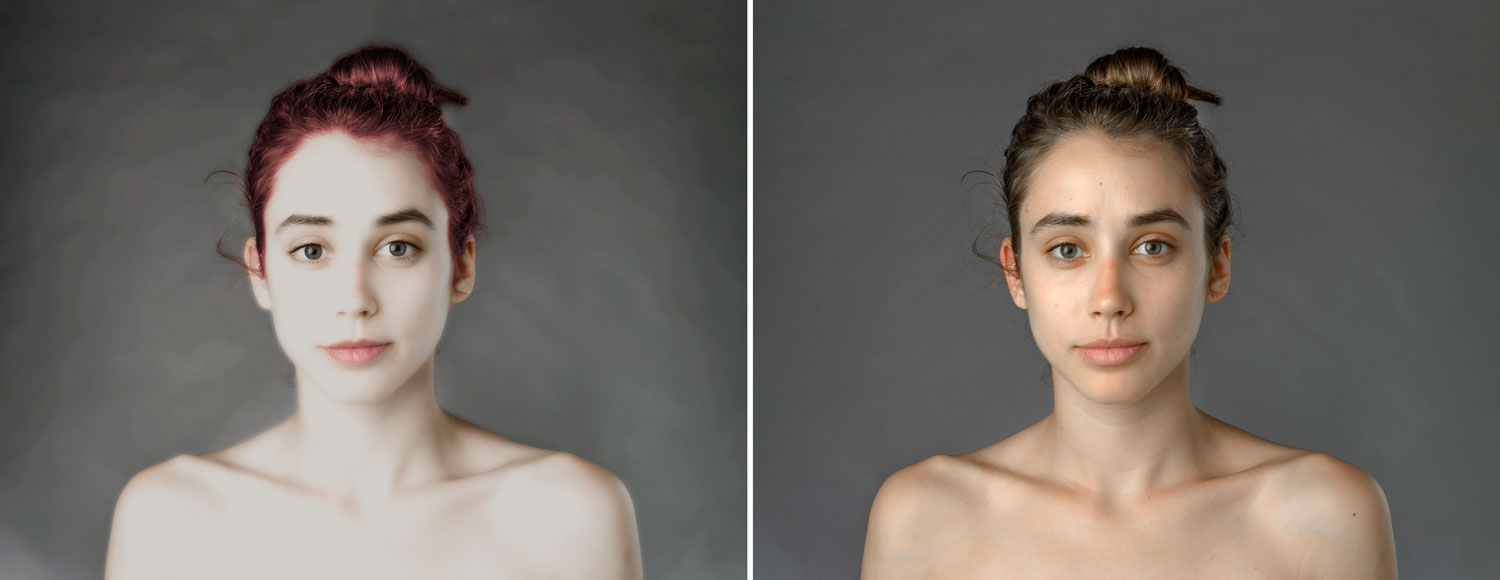
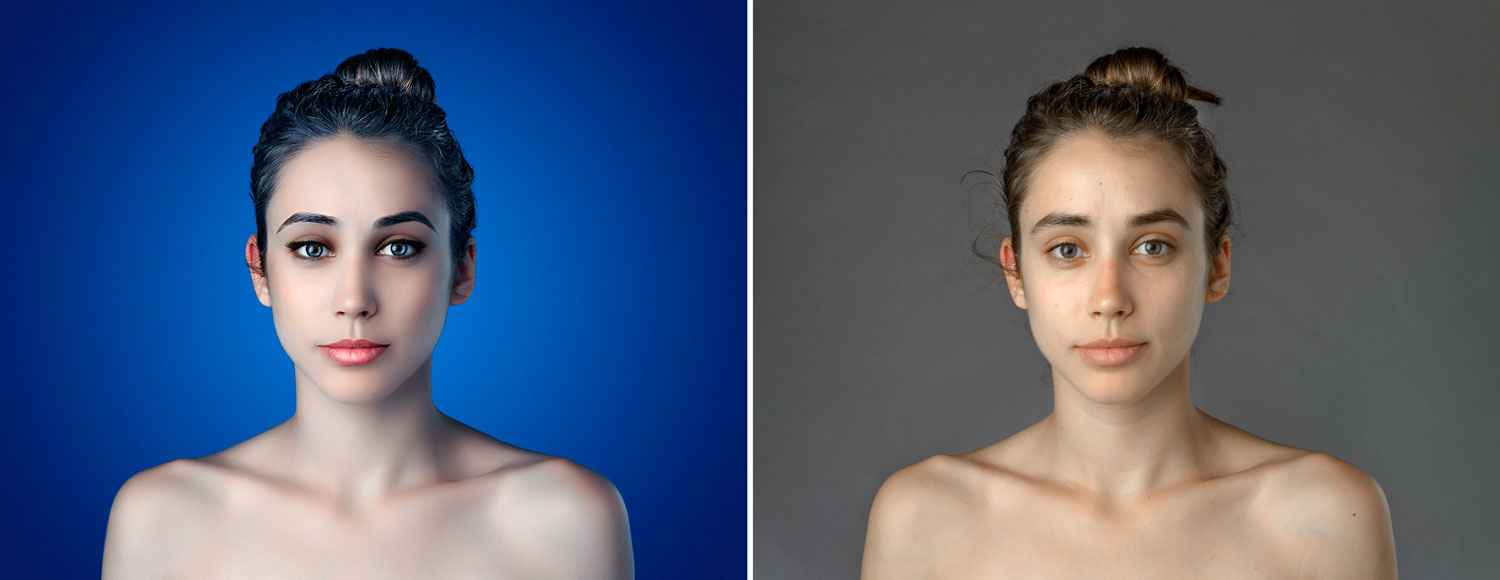
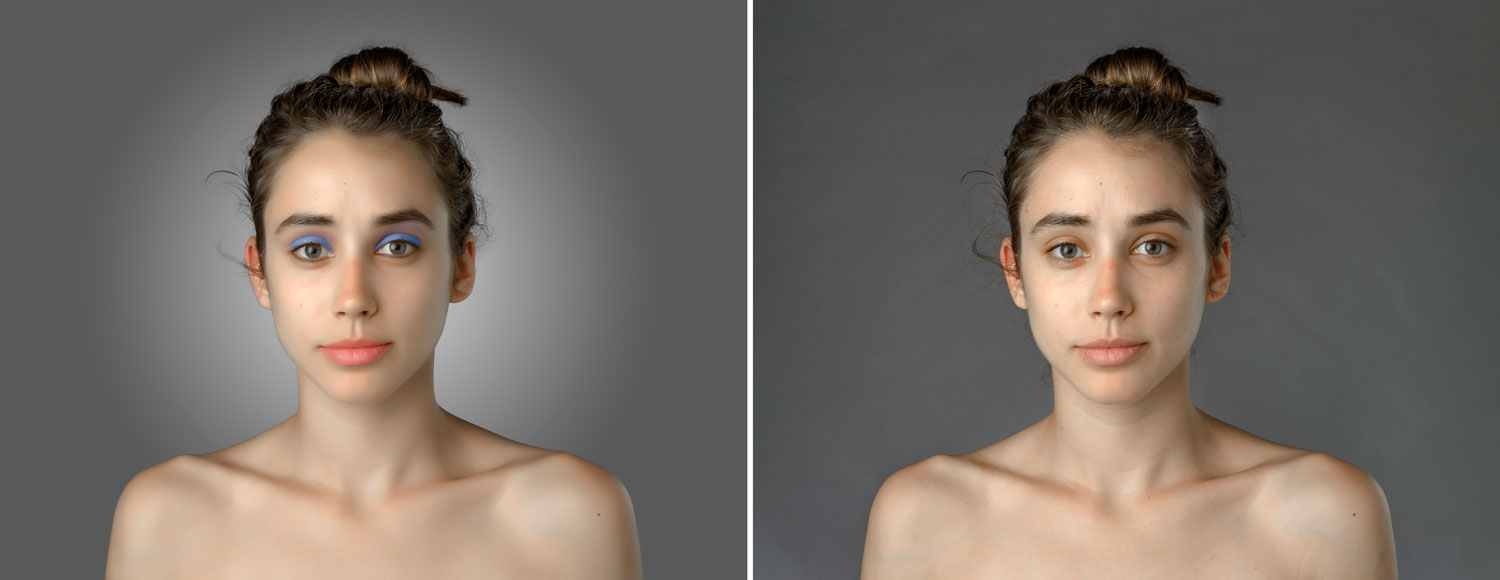

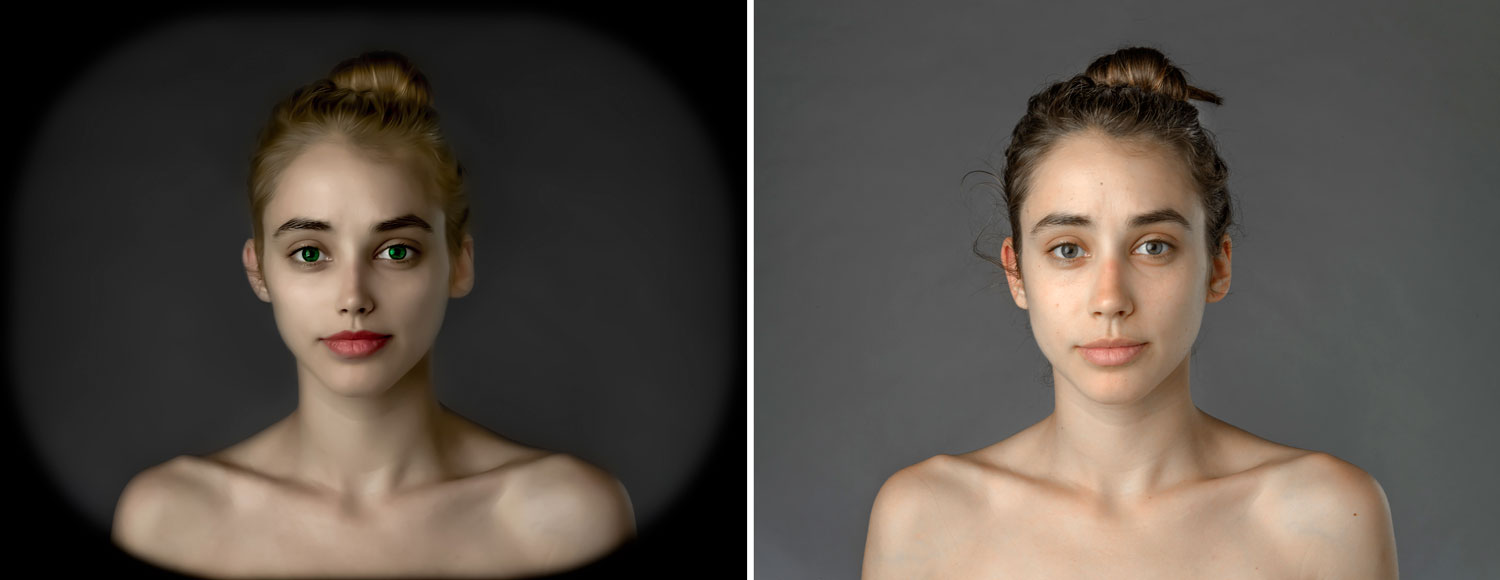
More Must-Reads from TIME
- Cybersecurity Experts Are Sounding the Alarm on DOGE
- Meet the 2025 Women of the Year
- The Harsh Truth About Disability Inclusion
- Why Do More Young Adults Have Cancer?
- Colman Domingo Leads With Radical Love
- How to Get Better at Doing Things Alone
- Michelle Zauner Stares Down the Darkness
Contact us at letters@time.com